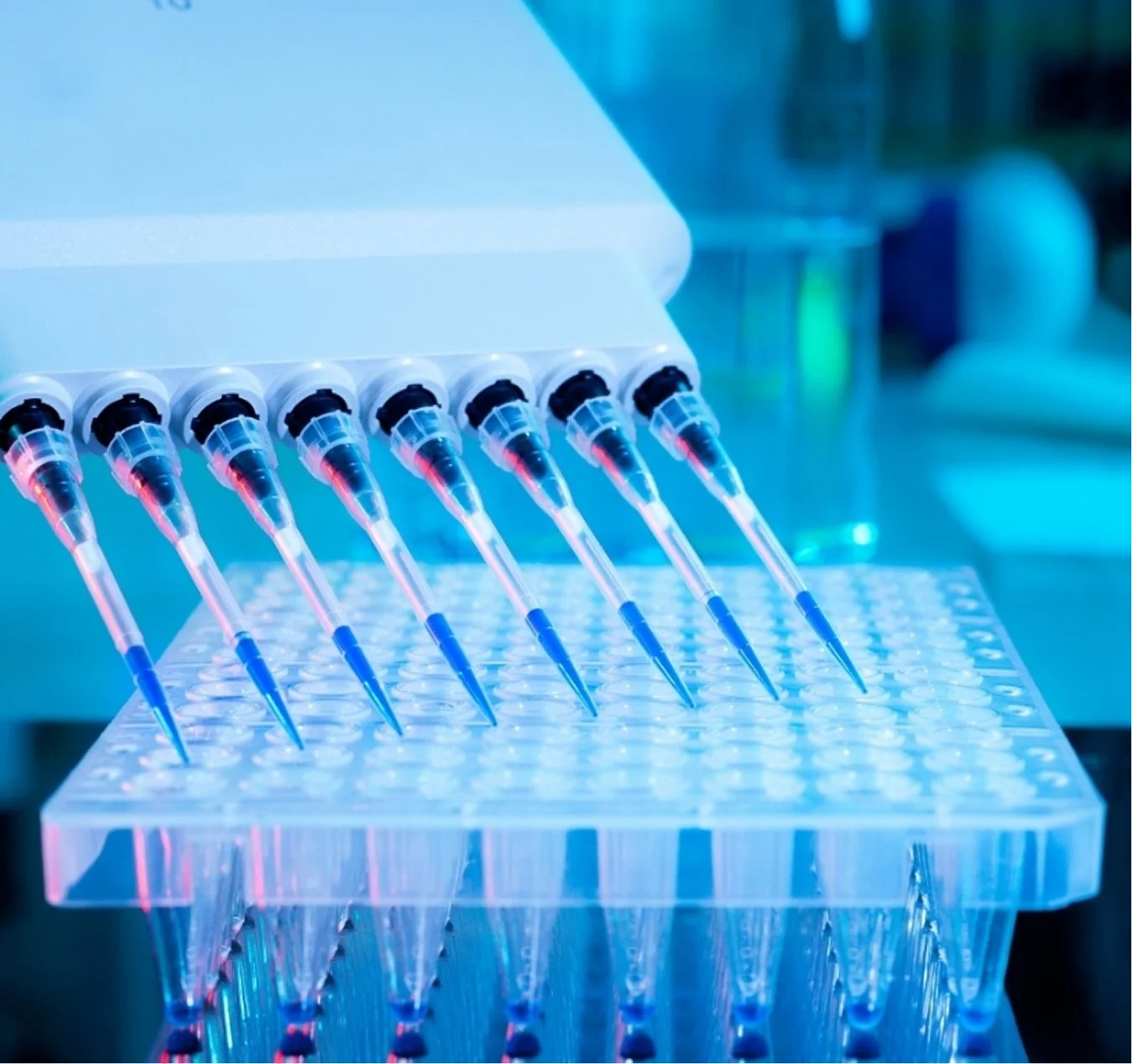 Image 1 of 1
Image 1 of 1


Mouse GDF-15 ELISA Kit
SIZE
96 wells/kit
INTRODUCTION
Growth differentiation factor 15 (GDF-15) is a member of the transforming growth factor β cytokine superfamily, the protein is secreted as a 25 kDa disulfide-linked dimer. Circulating GDF-15 levels are associated with cancers, cardiovascular and kidney diseases. GDF-15 regulates food intake, energy expenditure and body weight in response to metabolic and toxin-induced stresses.
PRINCIPLE OF THE ASSAY
This assay is a quantitative sandwich ELISA. The immunoplate is pre-coated with a polyclonal antibody specific for mouse GDF-15. Standards and samples are pipetted into the wells and any mouse GDF-15 present is bound by the immobilized antibody. After washing away any unbound substances, a biotin labelled polyclonal antibody specific for mouse GDF-15 is added to the wells. After wash step to remove any unbound reagents, streptavidin-HRP conjugate (STP-HRP) is added. After the last wash step, an HRP substrate solution is added and colour develops in proportion to the amount of mouse GDF-15 bound initially. The assay is stopped and the optical density of the wells determined using a microplate reader. Since the increases in absorbance are directly proportional to the amount of captured mouse GDF-15, the unknown sample concentration can be interpolated from a reference curve included in each assay.
SIZE
96 wells/kit
INTRODUCTION
Growth differentiation factor 15 (GDF-15) is a member of the transforming growth factor β cytokine superfamily, the protein is secreted as a 25 kDa disulfide-linked dimer. Circulating GDF-15 levels are associated with cancers, cardiovascular and kidney diseases. GDF-15 regulates food intake, energy expenditure and body weight in response to metabolic and toxin-induced stresses.
PRINCIPLE OF THE ASSAY
This assay is a quantitative sandwich ELISA. The immunoplate is pre-coated with a polyclonal antibody specific for mouse GDF-15. Standards and samples are pipetted into the wells and any mouse GDF-15 present is bound by the immobilized antibody. After washing away any unbound substances, a biotin labelled polyclonal antibody specific for mouse GDF-15 is added to the wells. After wash step to remove any unbound reagents, streptavidin-HRP conjugate (STP-HRP) is added. After the last wash step, an HRP substrate solution is added and colour develops in proportion to the amount of mouse GDF-15 bound initially. The assay is stopped and the optical density of the wells determined using a microplate reader. Since the increases in absorbance are directly proportional to the amount of captured mouse GDF-15, the unknown sample concentration can be interpolated from a reference curve included in each assay.

